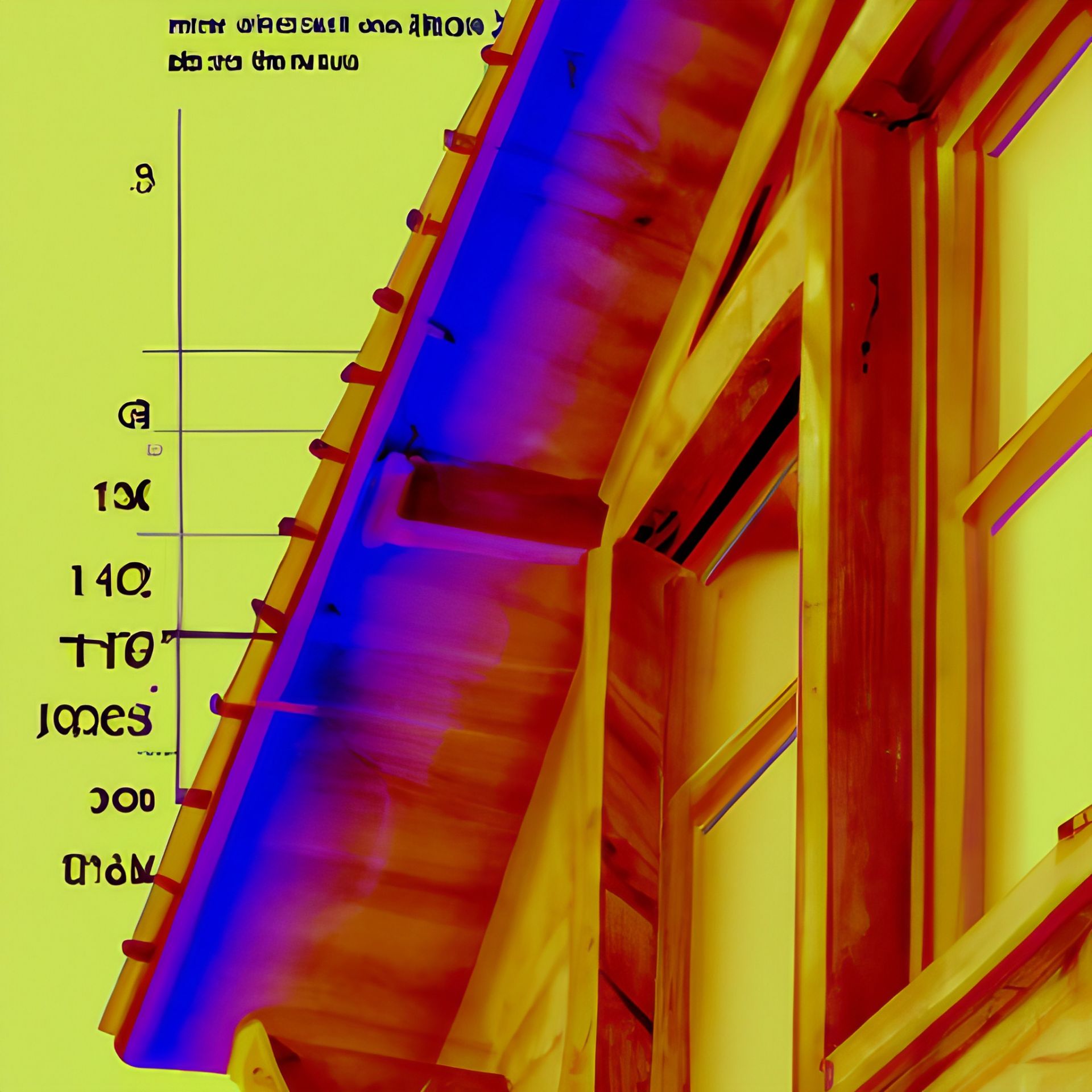What is a HERS Energy Rating? and What is it used for?
This is a subtitle for your new post
What is a HERS Energy Rating? What is it used for?
A Home Energy Rating System (HERS) energy rating is a scoring system used by experts to rate the energy efficiency of a home. It is based on the amount of energy consumed or wasted by the home when compared to other homes in its location and climatic region. The score is determined by taking into account several factors, including the home's heating and cooling systems, insulation, windows, doors, roofing, appliances, and ventilation.
The HERS score is calculated using a standardized process that involves gathering and analyzing data from the home’s building envelope (the parts of the structure that separate interior spaces from the outside environment). After conducting an on-site inspection, energy auditors use this data to generate a comprehensive report that outlines any areas where energy consumption can be improved. They then assign a numerical rating based on how efficient your home’s systems are compared to others in similar climates.
HERS ratings are commonly used in residential real estate transactions to help buyers compare different homes and make more informed decisions about their purchase. In addition to providing insight into a home’s current energy usage, it can also be useful for predicting future utility bills. By finding out what improvements could be made before closing on the property, buyers may be able to save money over time while improving their carbon footprint.
Finally, HERS ratings are becoming increasingly popular as homeowners strive to reduce their environmental impact while saving money on utilities. Whether you’re looking for an existing home or building a new one from scratch, getting your house professionally rated can help you identify potential problems before they become costly issues down the road.









